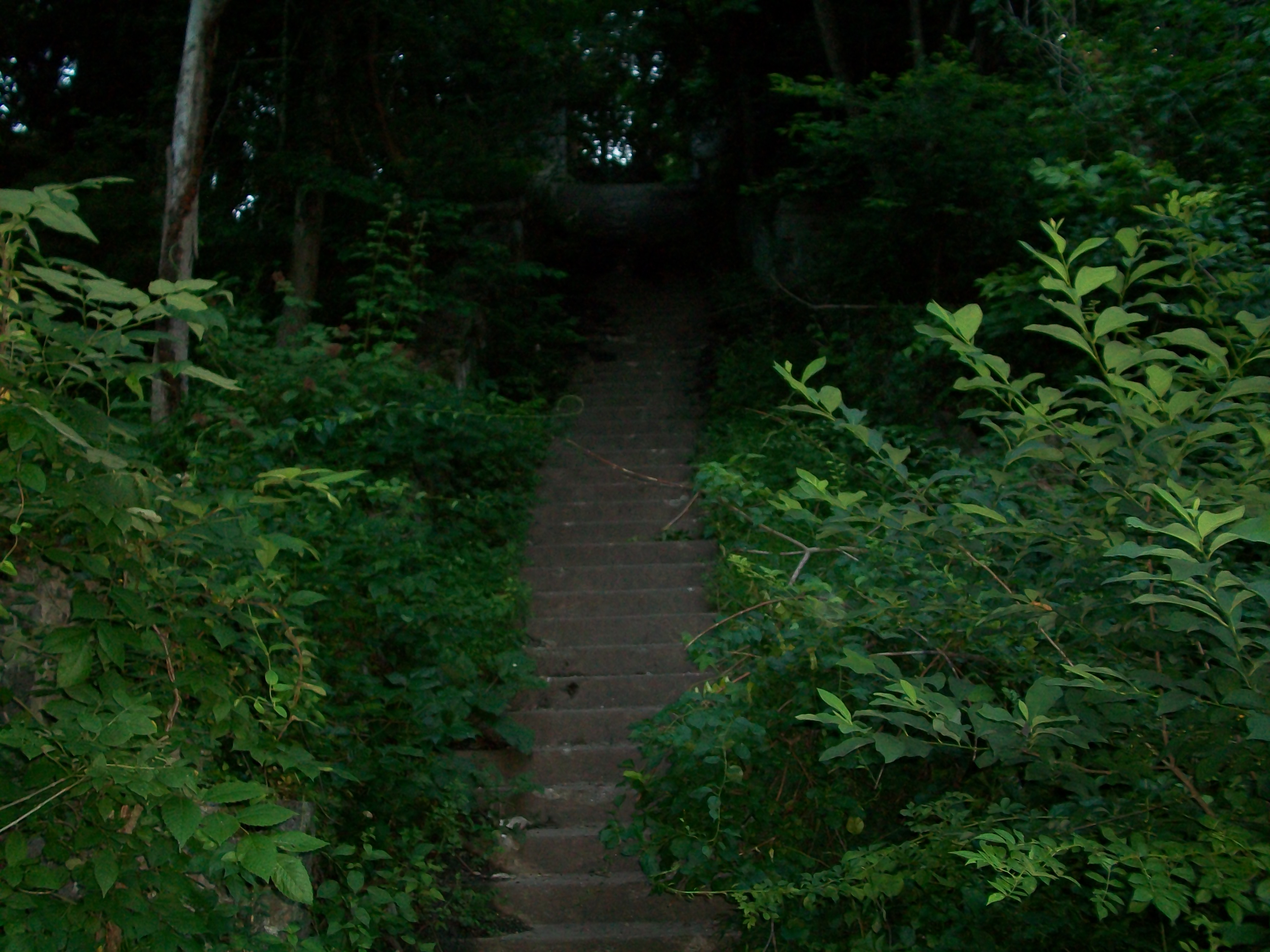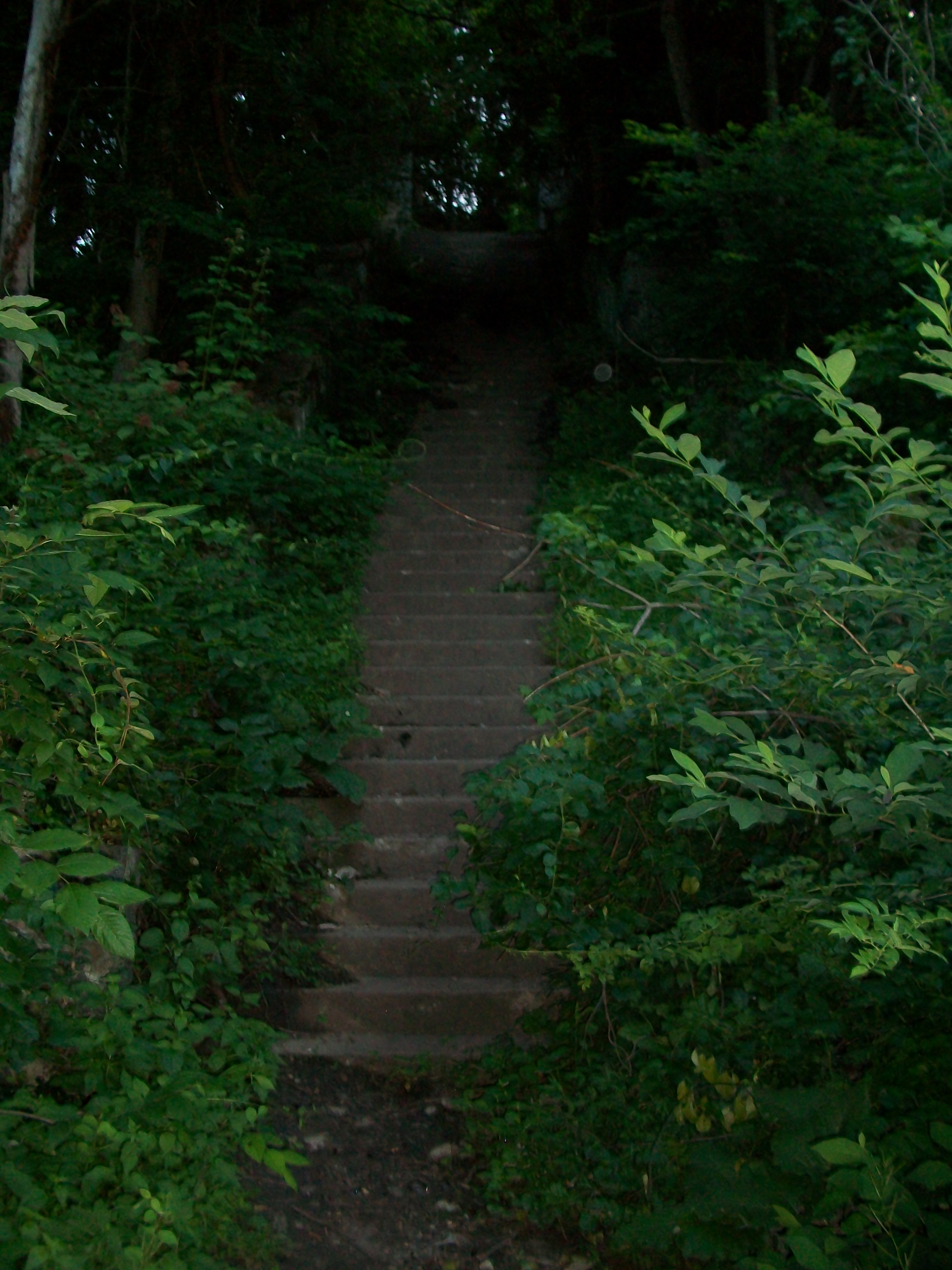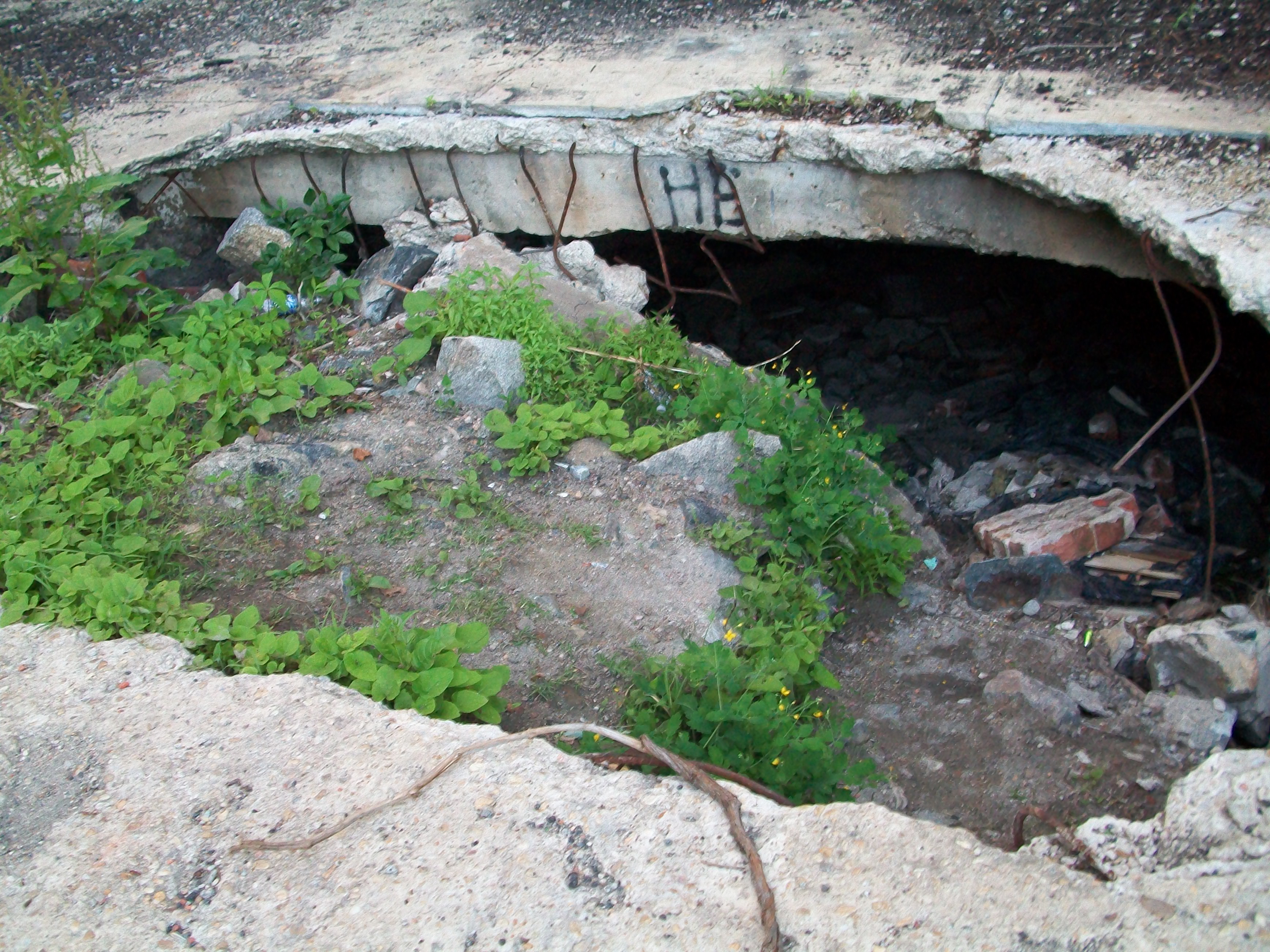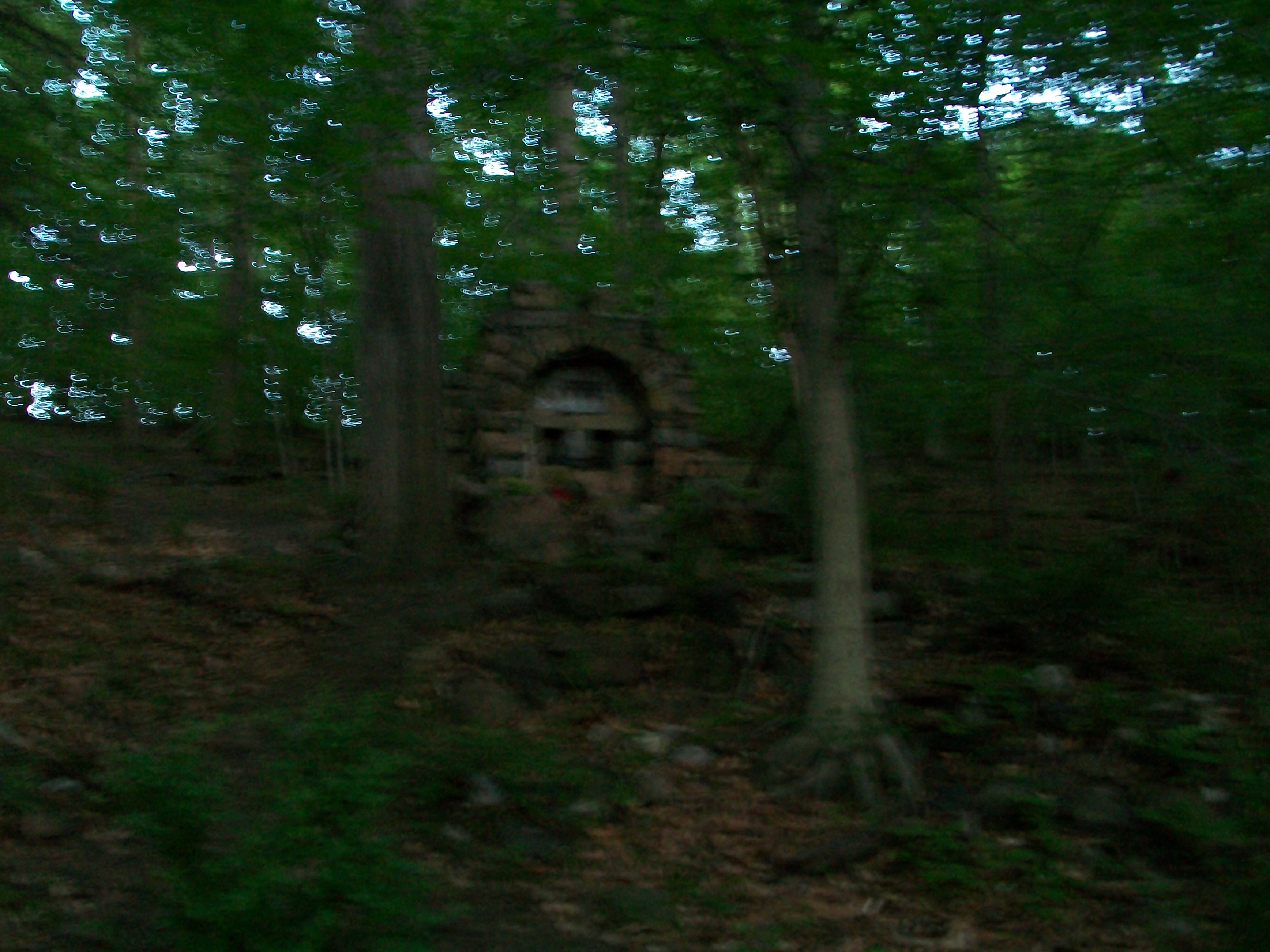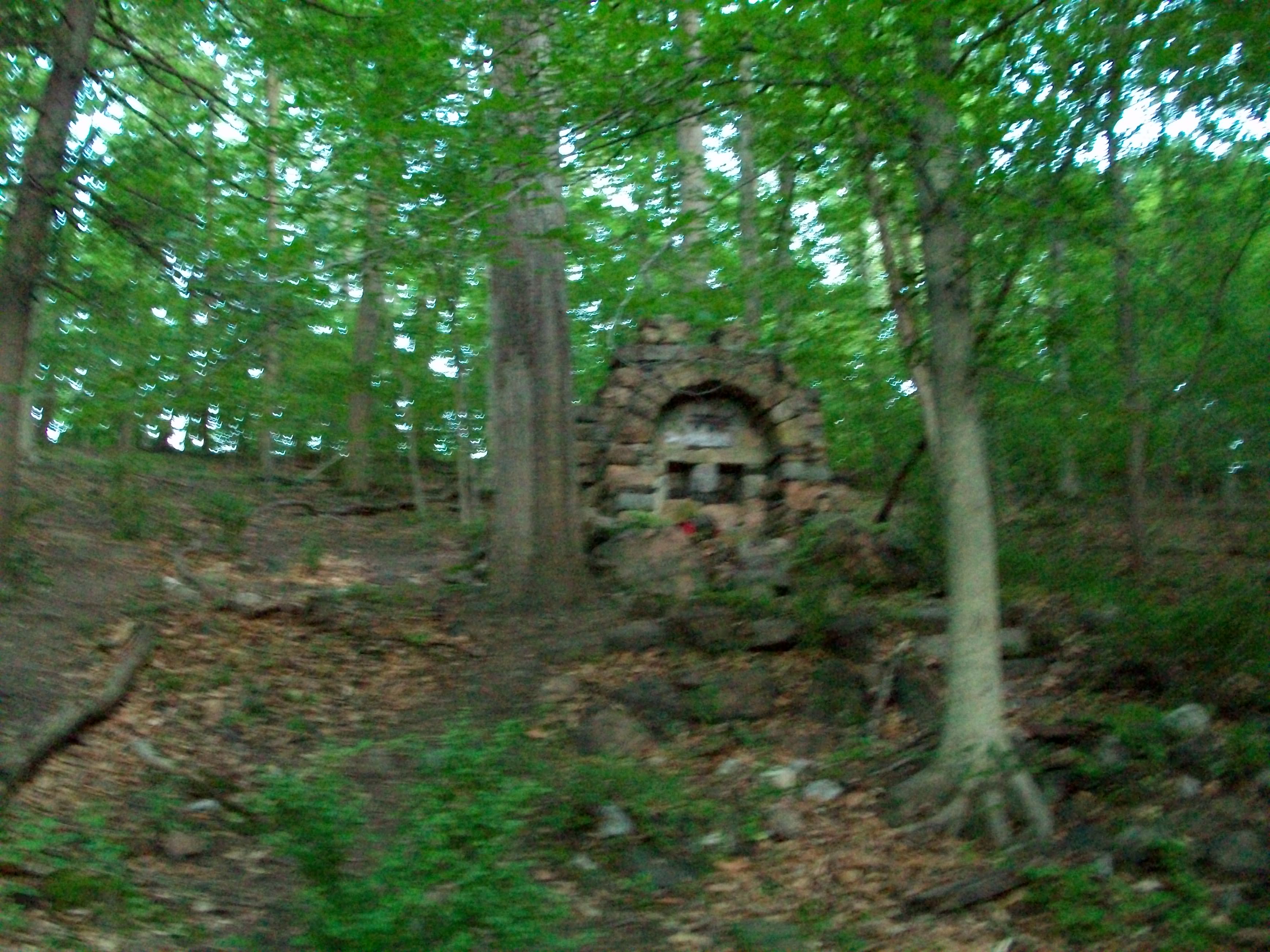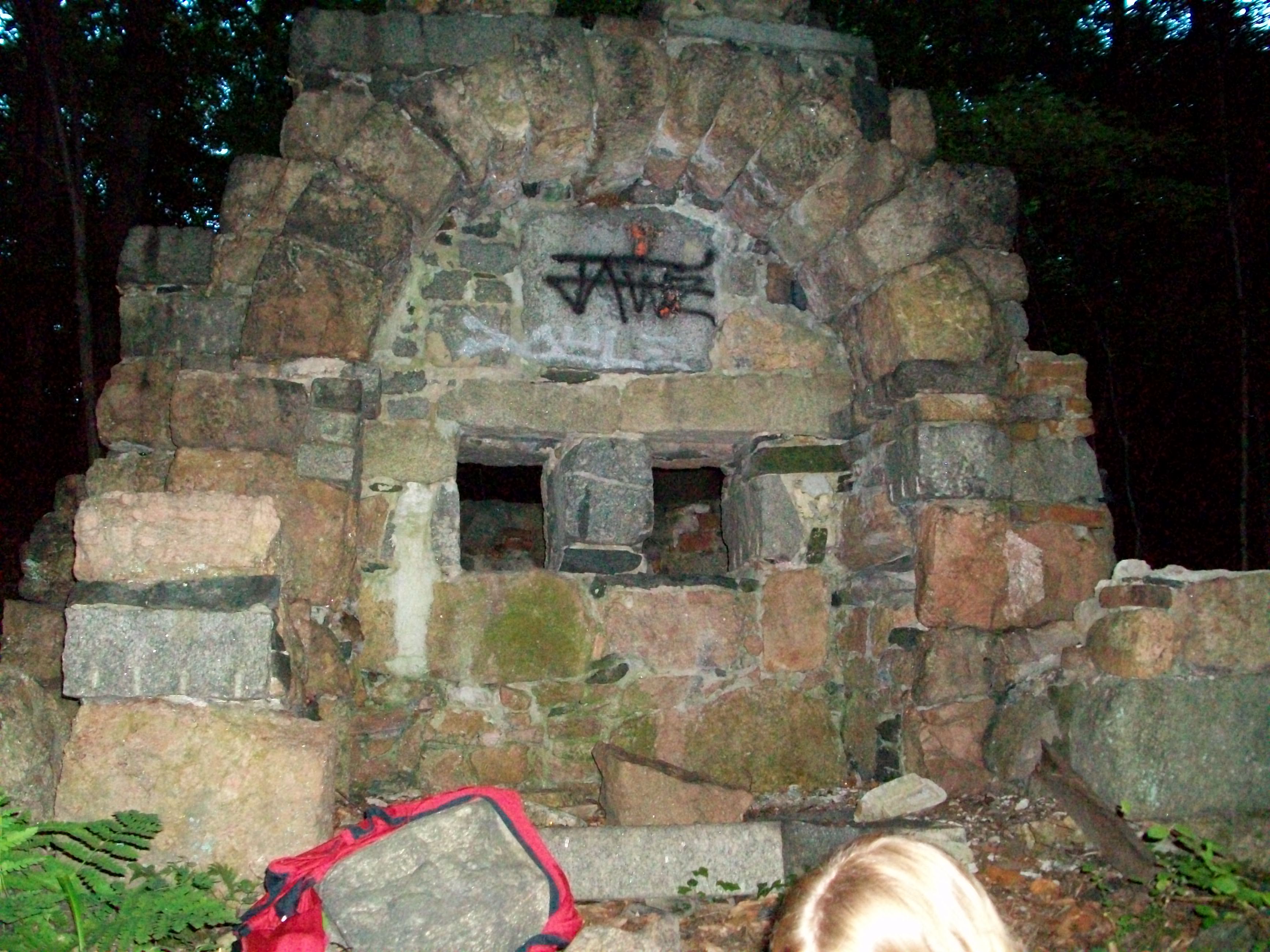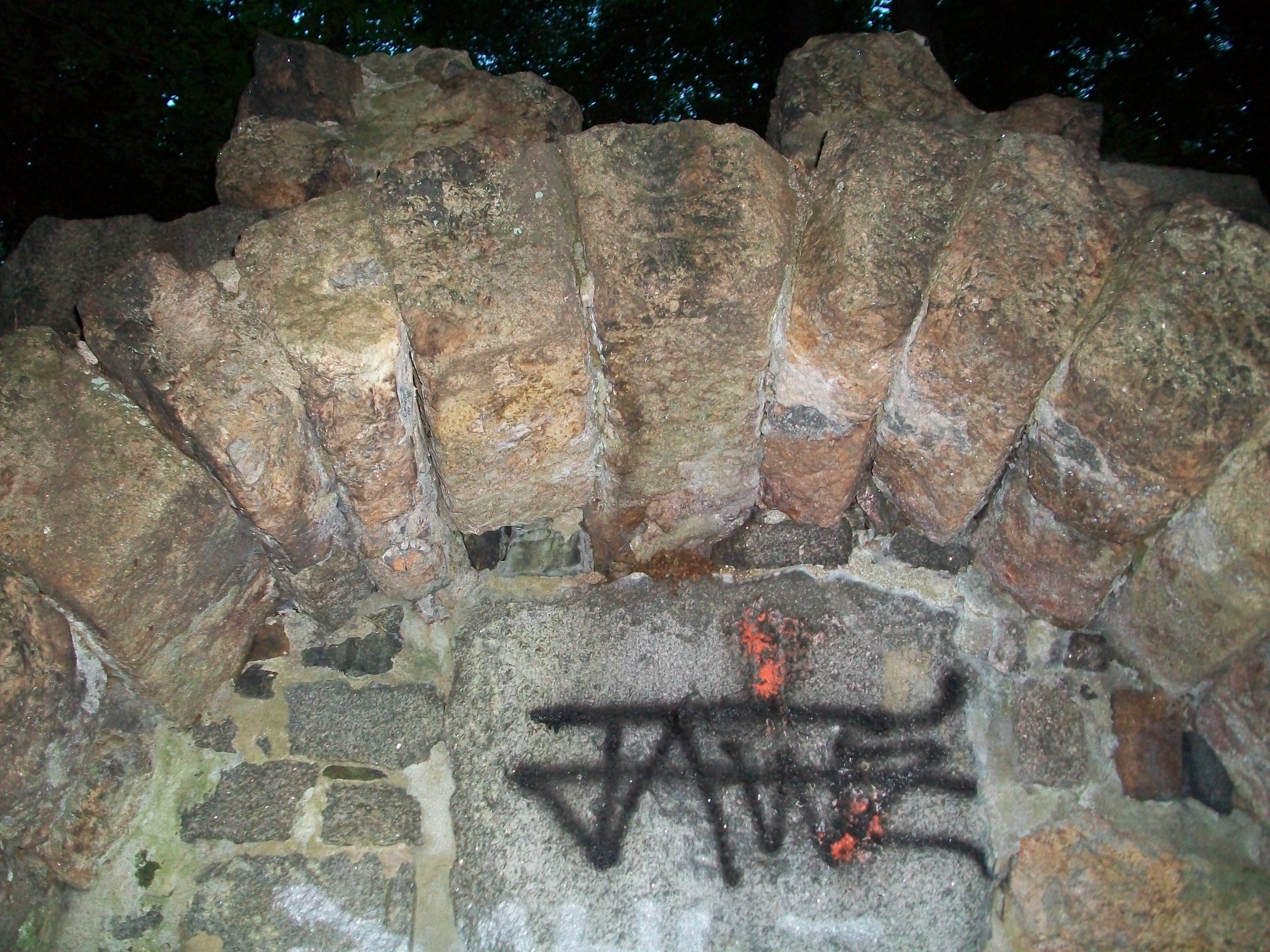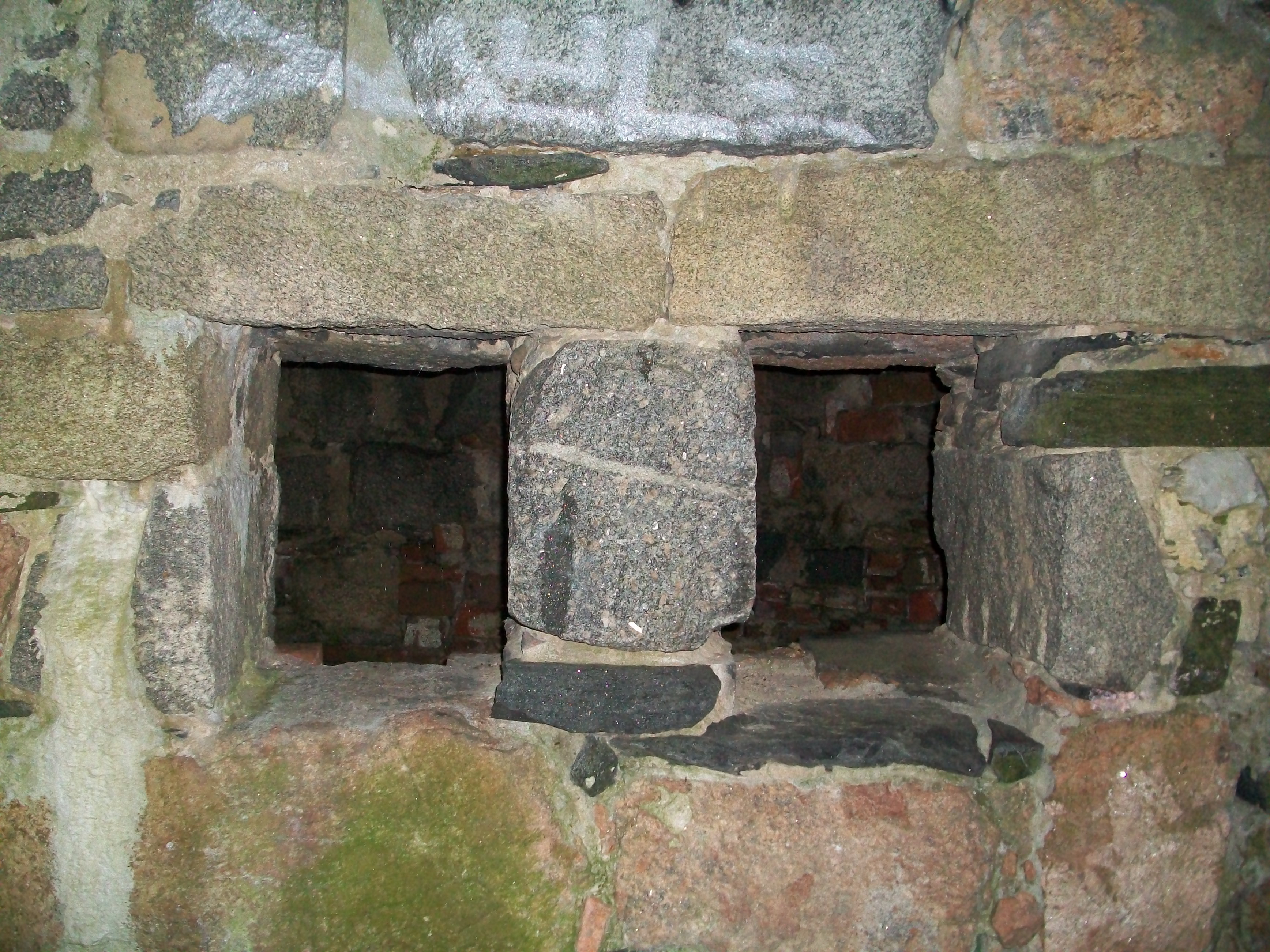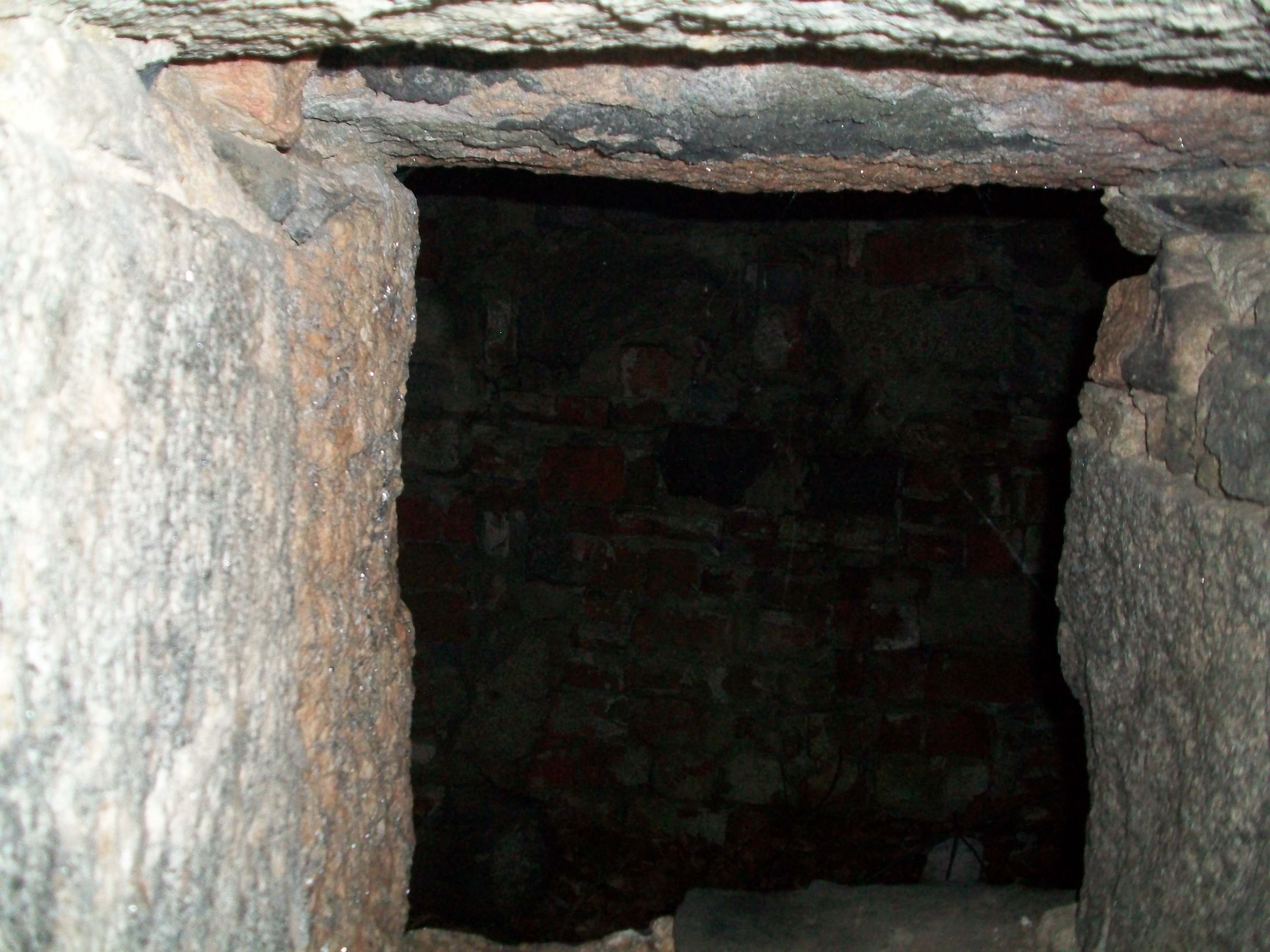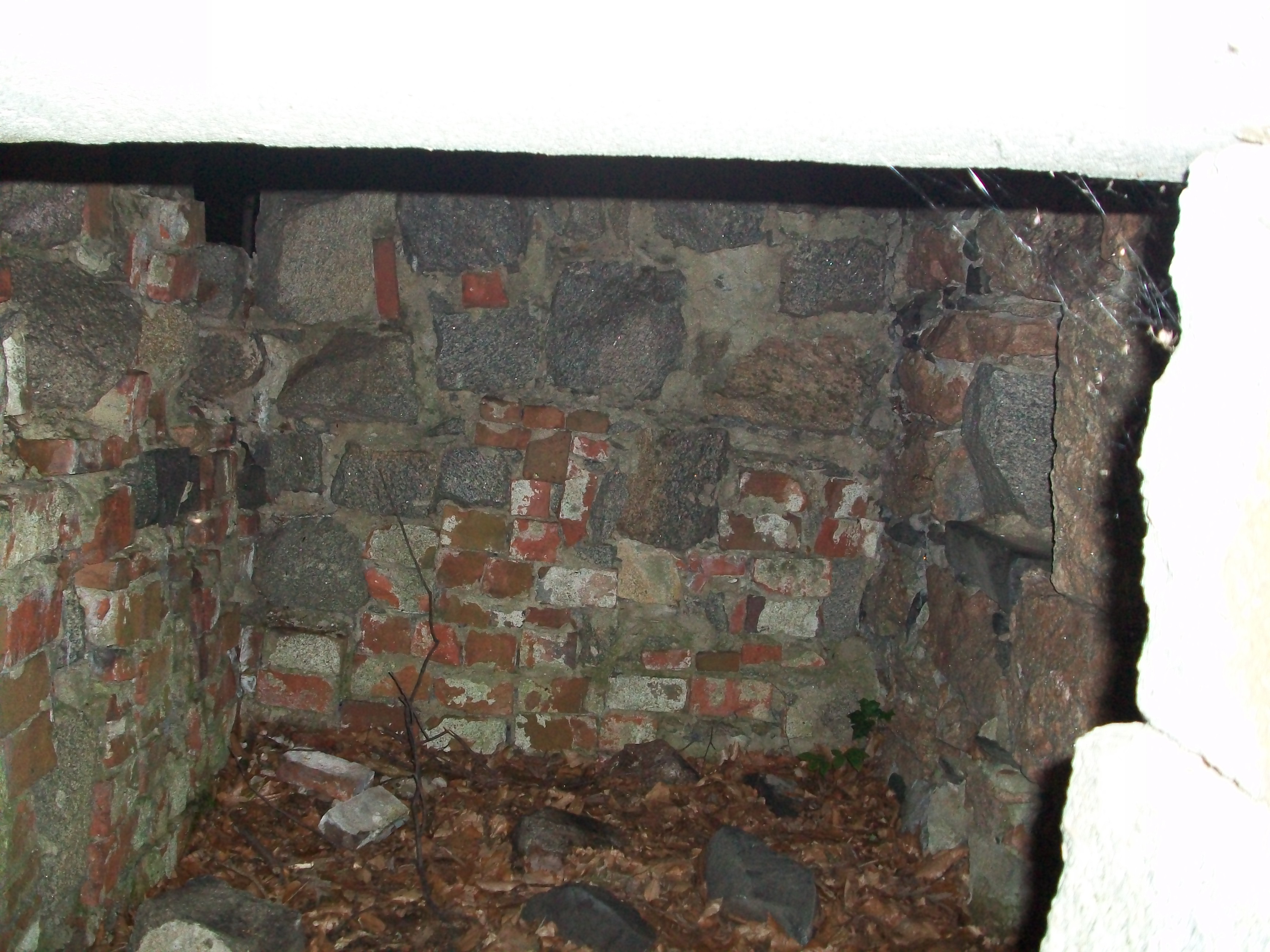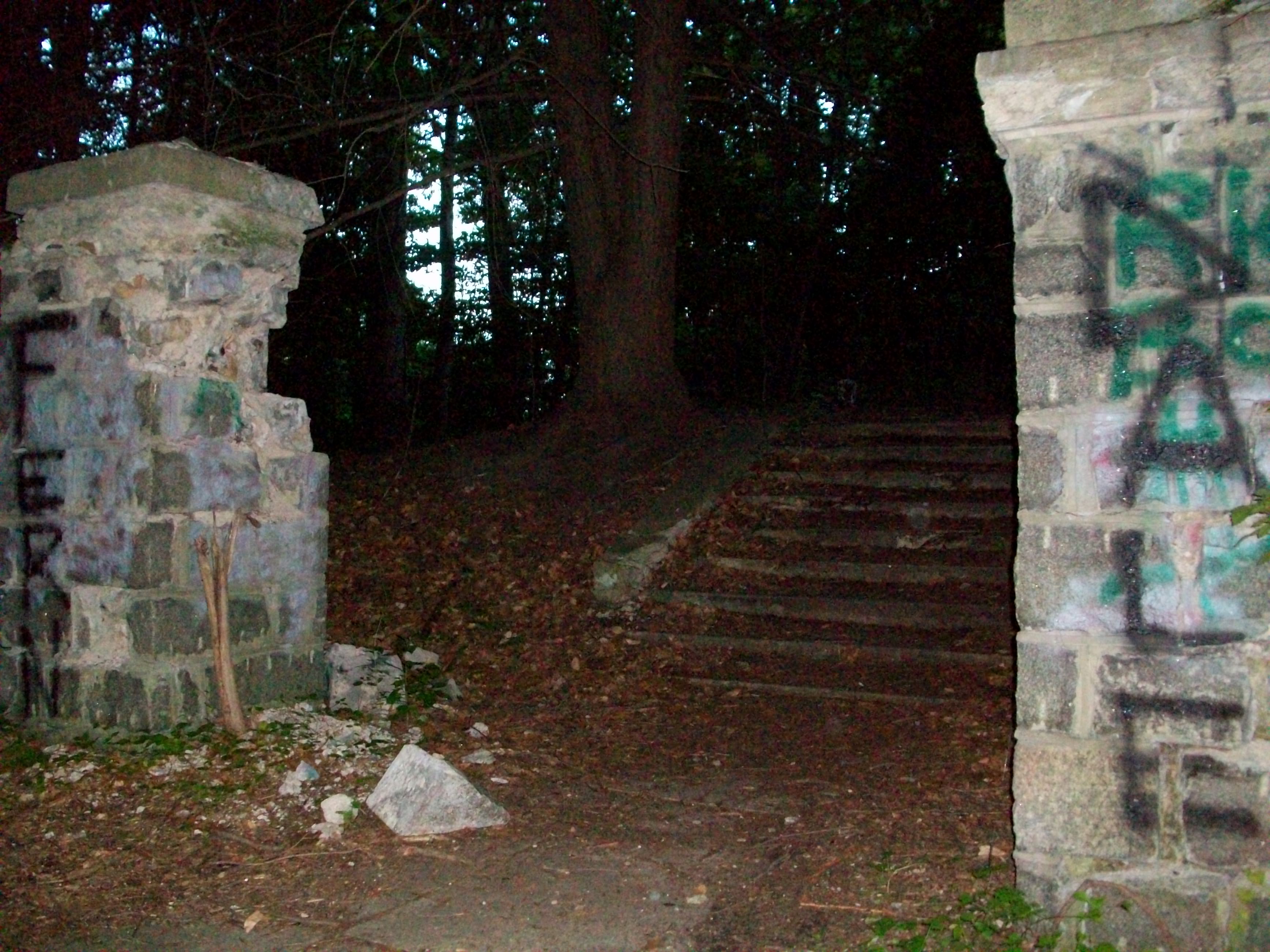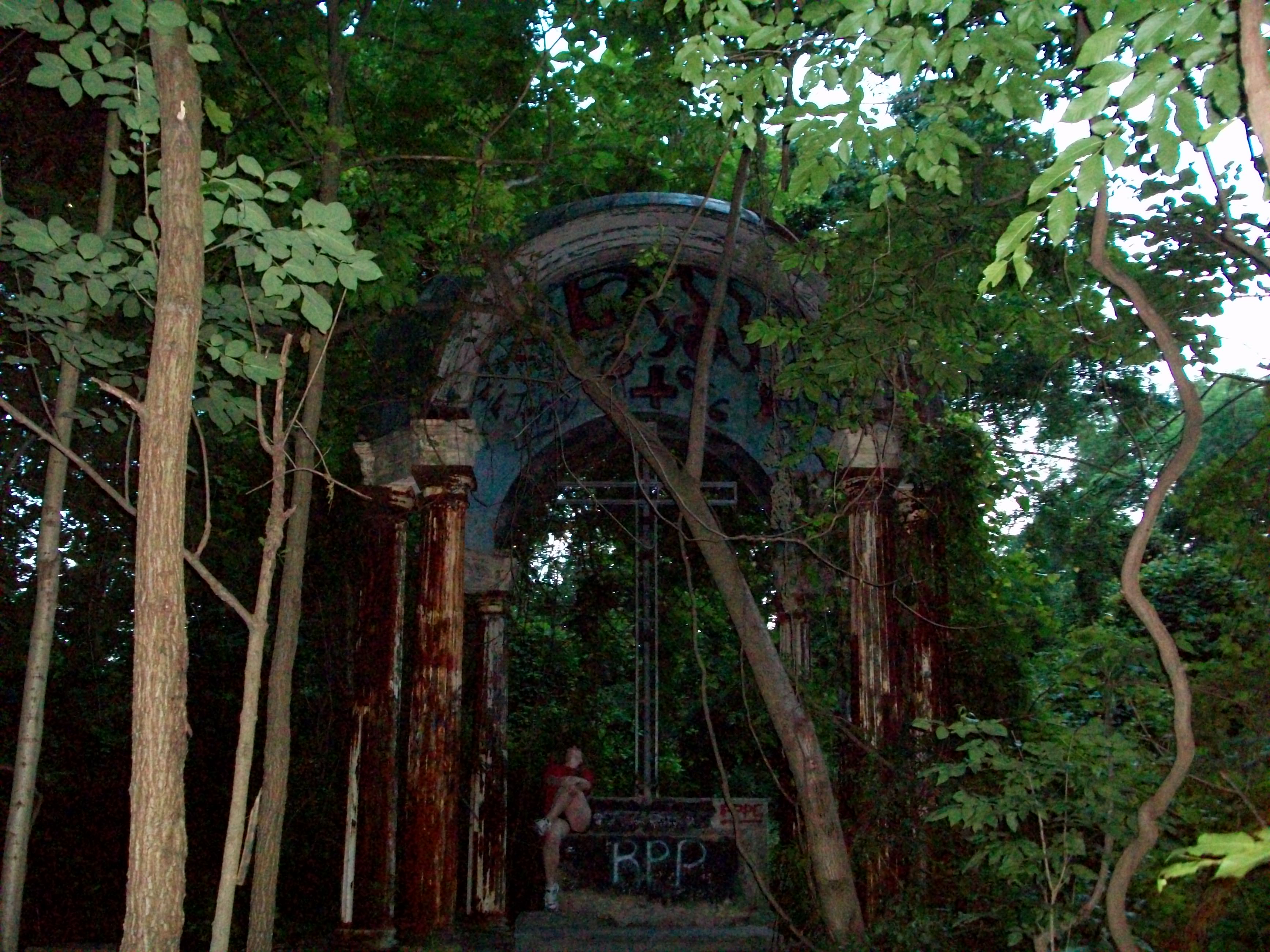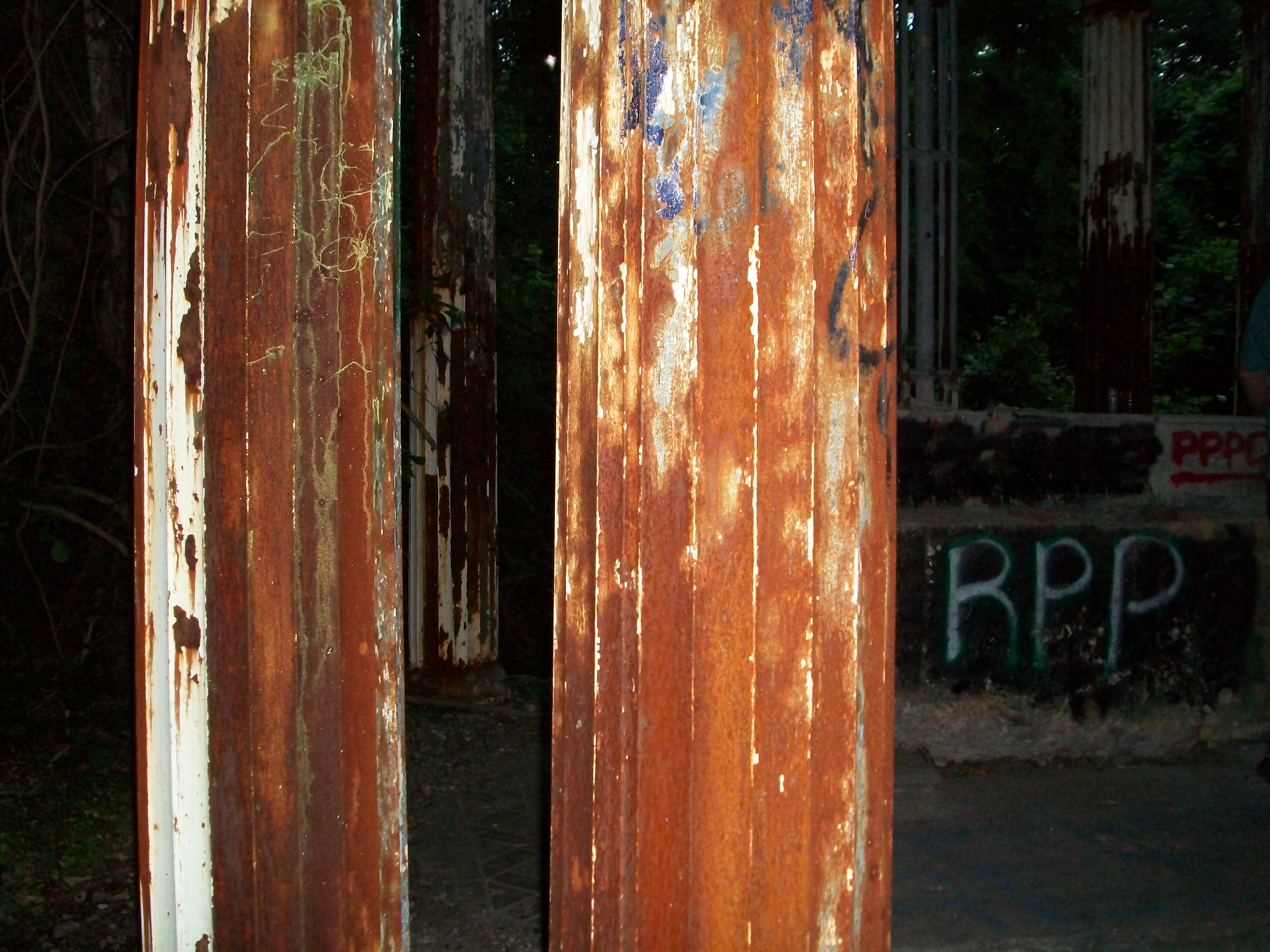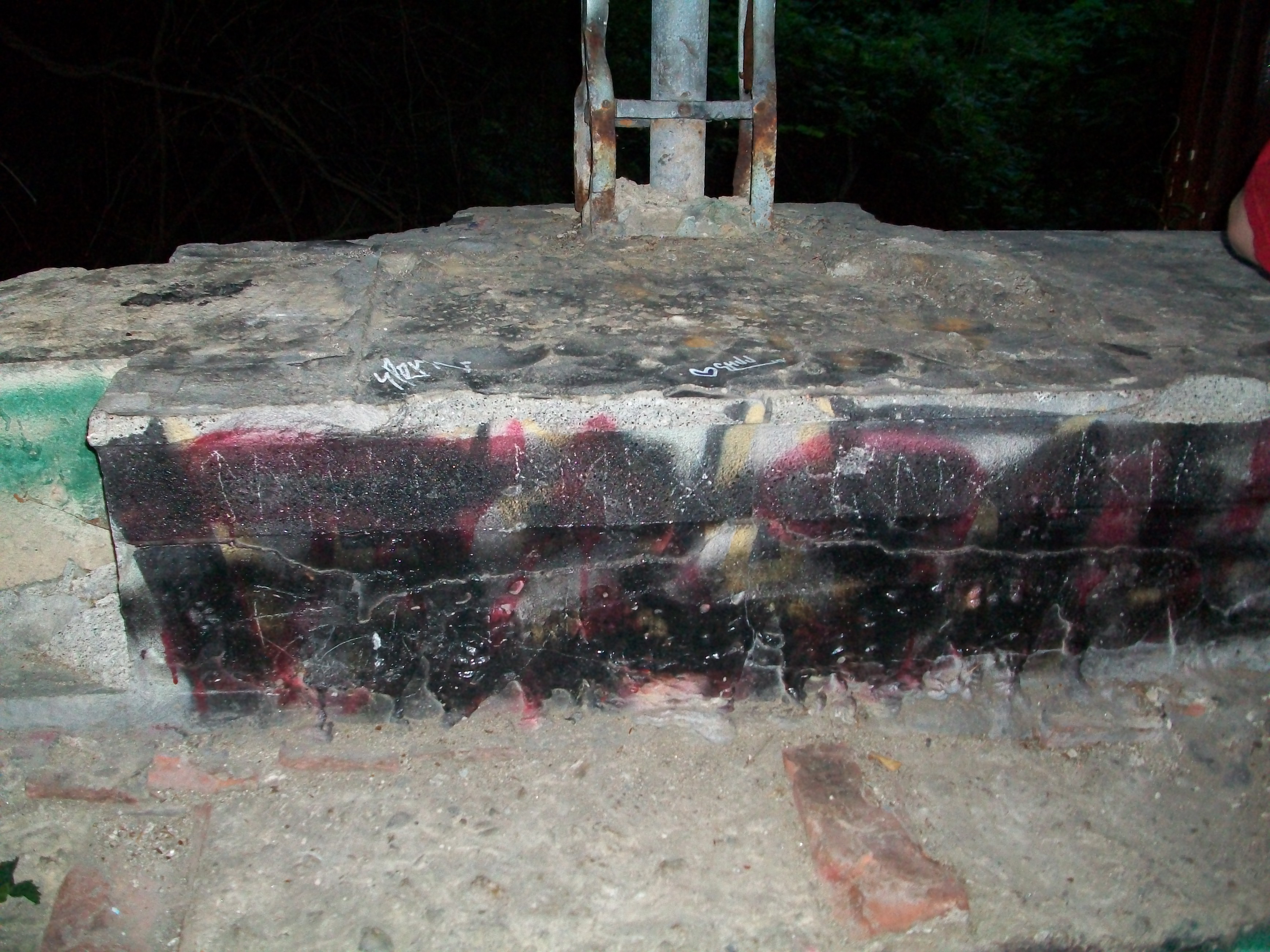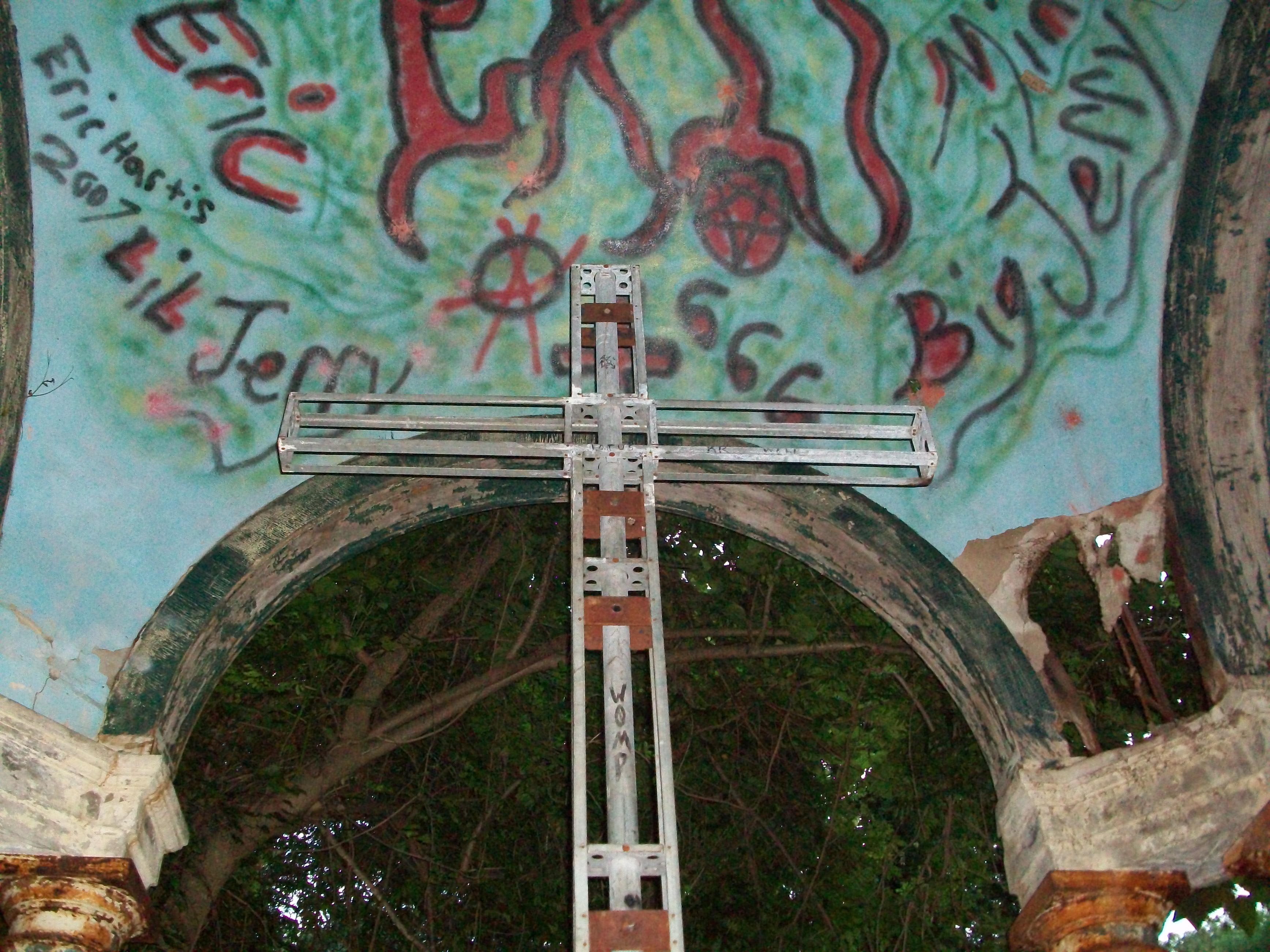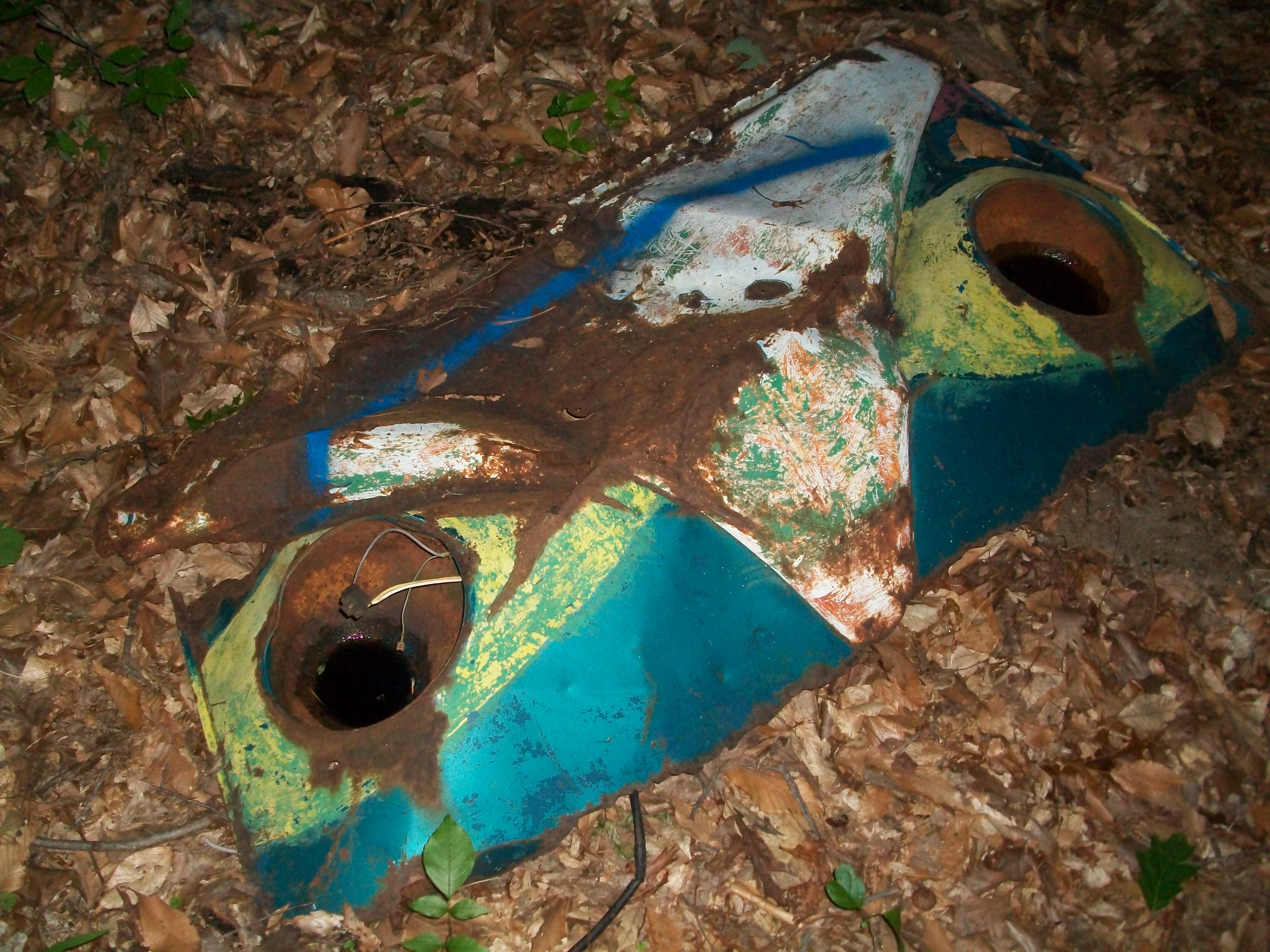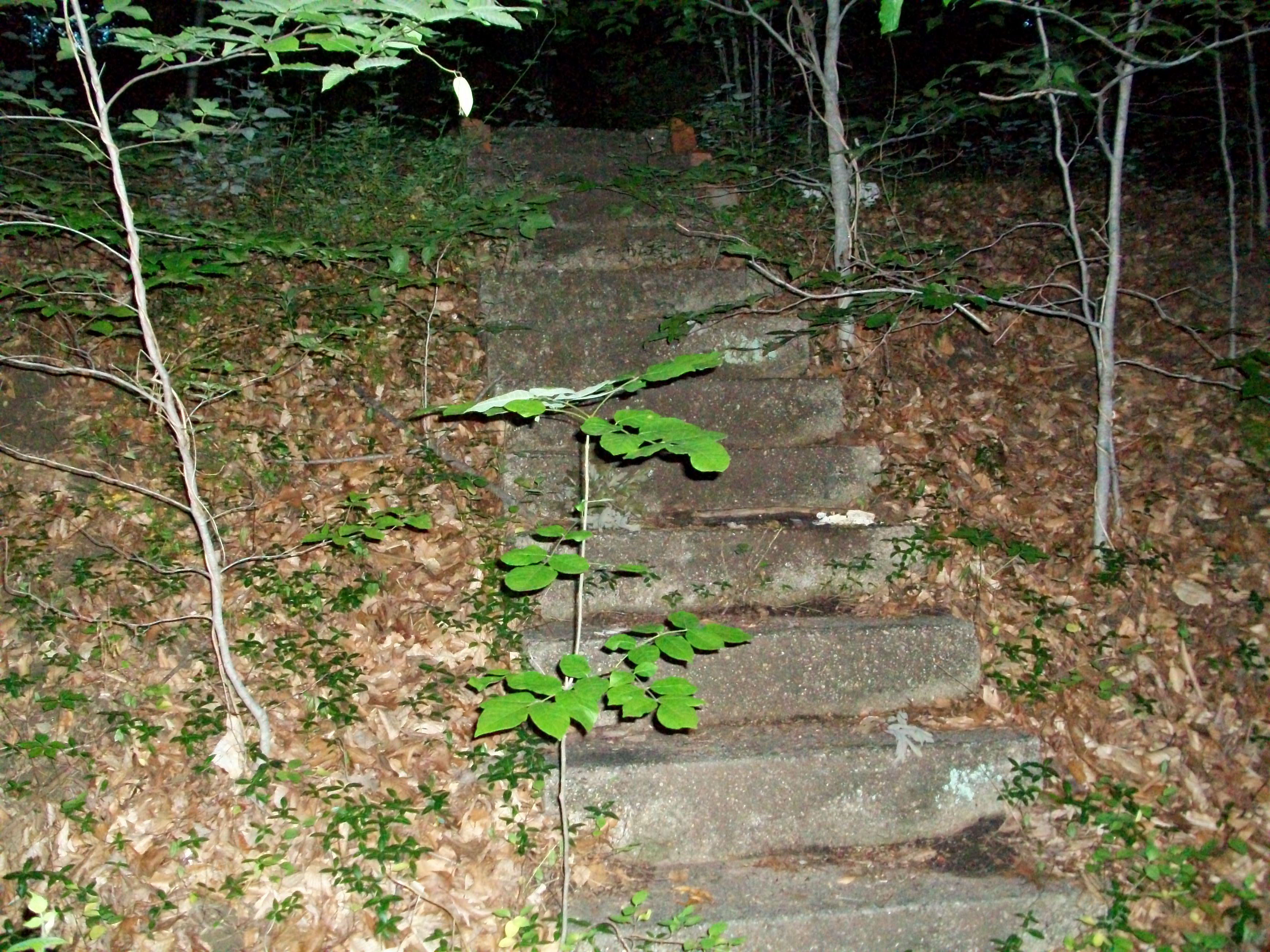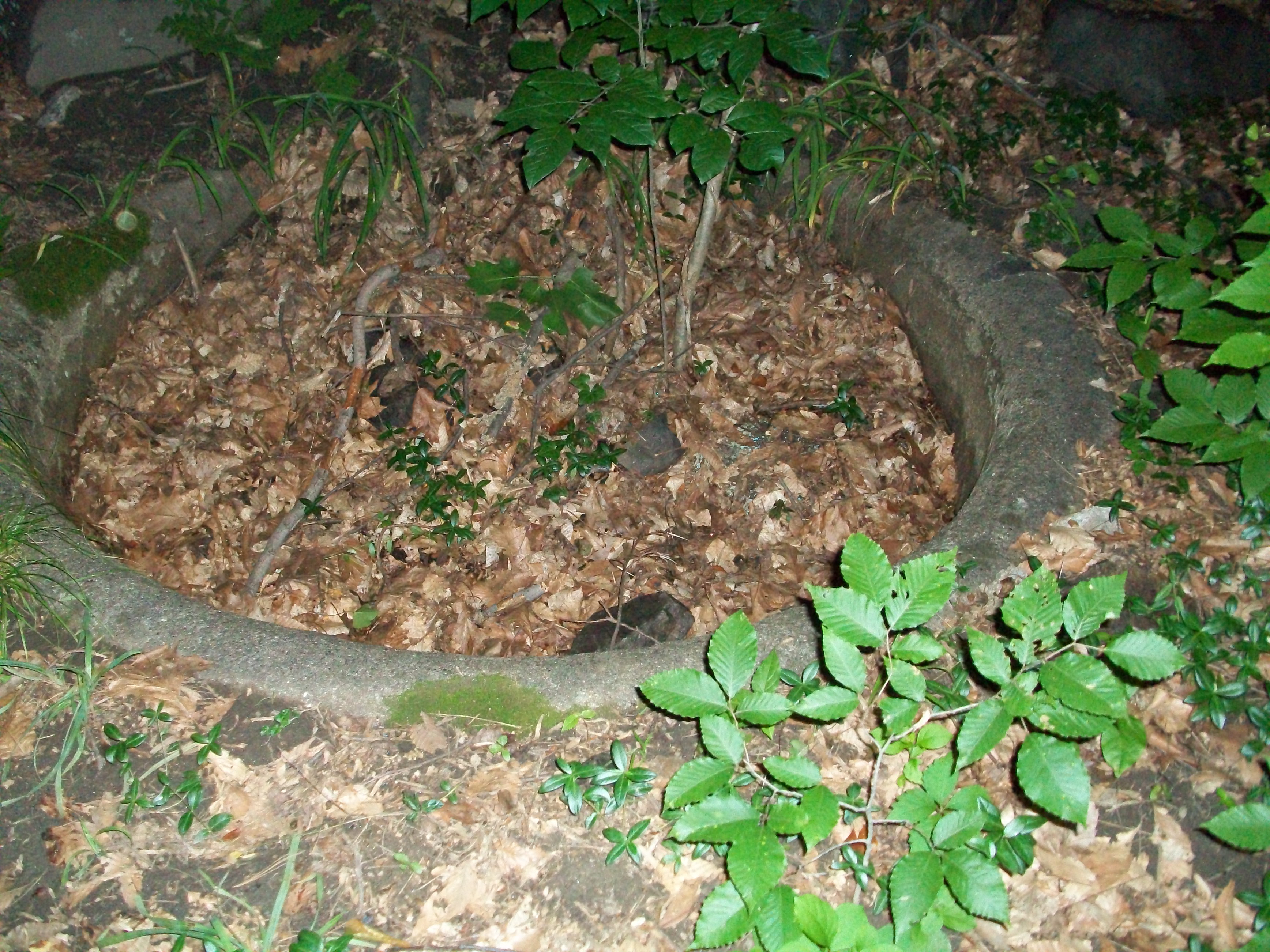
Monthly Archives: February 2012
Holga Handout Response..ideas..
Im excited to see what mistakes and imperfections occur with the holga…I want to see what it looks like if I do relief printing (plexi-glass ink print) on top of a holga print. I think the gain and distortion could work really well with ink wash and line work. I also really want to try shooting a continuous roll of film. When I bought my holga the guy in quicksilver told me one of the coolest uses of a holga he’d seen was this kid who shoot a series of train cars on a continuous roll of holga film. He was able to wind it just so that the images lined up flush with each other. I want to try doing a series of faces some blurring into each other, some other lapping, etc. Im sooo excited to work more creatively with photography and mix mediasss!!!
Human Rights Film Fest
If you didn’t know, The Film Festival starts this Thursday! All shows are FREE!
http://bhrff.webs.com/apps/blog/
sweet music video
OK Go probably got so much money from chevrolet..
Old Photos: Ancient Ruins
These were taken digitally about a year or two ago, near a park in central Maryland.
Fascinating how quickly old things can fall into ruin, and how quickly nature can take back from human civilization.
When we found what was very likely to be a Confessional Booth, we had a very good clue what the ruins used to be- some kind of Catholic Institution; a school, abbey, or church.
An otherwise good shot of the confessional, despite my mother’s head and jacket being a distraction.
Outside of the Confessional.
Inside the Confessional.
A place of worship, evidenced by the cross.
An altar, made of concrete and some rusting metal.
Most likely an empty fountain or pool, filled in and overgrown.
Michael Bryant – Holga Photographer
I started searching for Holga photography today and I found this guy. I like his images and his description about what it’s like to use a Holga.
Read about it here:
http://www.michael-bryant.com/about_holga.html
Here are some of his photos that I liked:


I came across this blog today!
http://blogs.reuters.com/photographers-blog/
There are some great images on here, and it is nice to read about the images as well and what people are thinking and what inspired them!
Freak Out, Oblivion, at night. Cambridge Midsummer Fair 2005
Photography is “the art of frozen time… the ability to store emotion and feelings within a frame” — Meshack Otieno
bham girls rock camp
Call for art! The creator of the bham girls rock camp is looking for art submissions to sell for fundraising. Anything really, and it doesnt necessarily have to be framed. Any prints you’ve made you don’t want or if you want to create something that has to do with a girls rock camp or bellingham.
http://bhamgirlsrock.org/fundraising.html
Reading Response
Theory 2: Light and shadow
This section was very informative. I love Film Noir films, and it was cool to see how that style of using light and shadow is also used by some photographers, and that it had it’s roots in the German Expressionist movement.
I was intrigued to learn a little bit more about Ansel Adams and Group f/64. I’ve been interested in his photography for a while, and it was cool to get a different perspective on his work.
Many of the other non-photographic techniques that utilized light and shadow were also intriguing. The physiognotrace, used to obtain an accurate, inexpensive profile sounded interesting. It’s incredible how much photography changed the world of the 1800’s.

